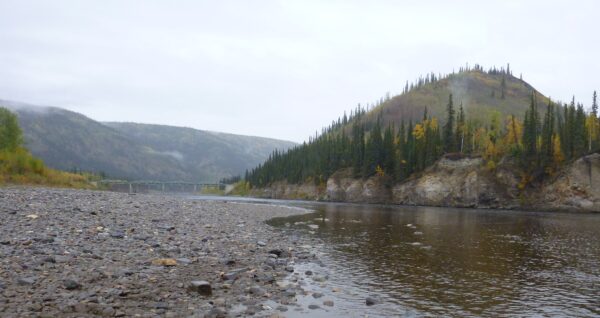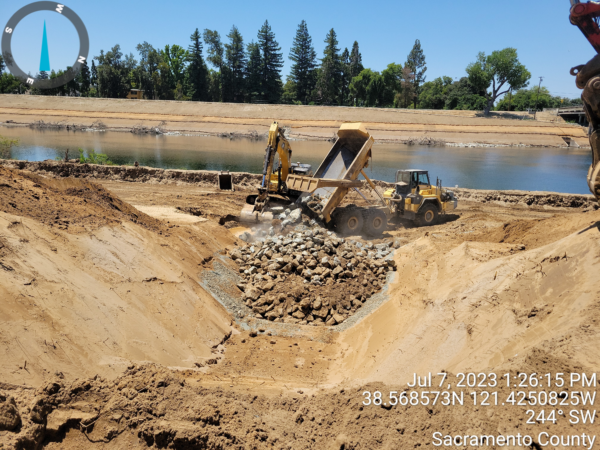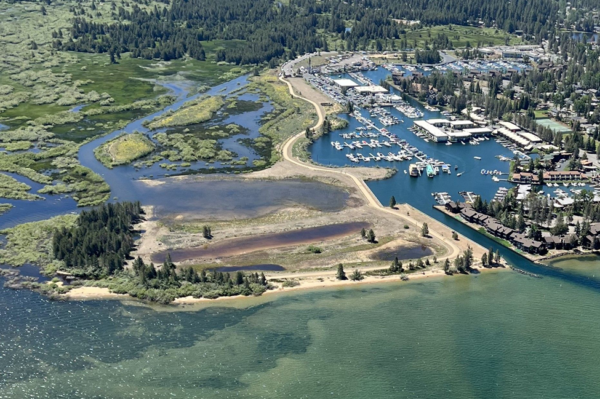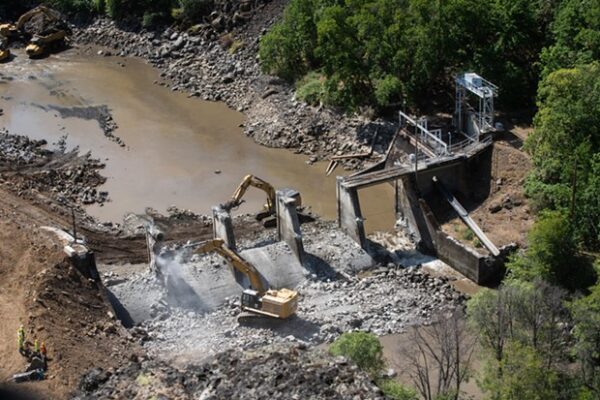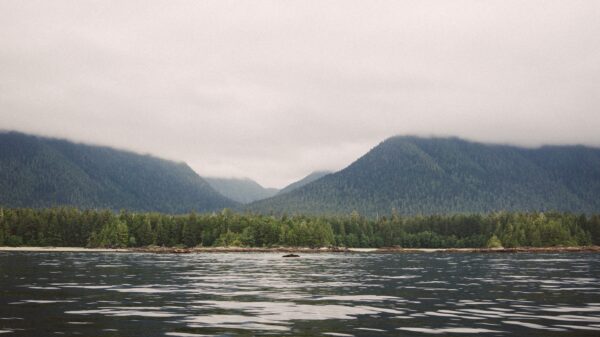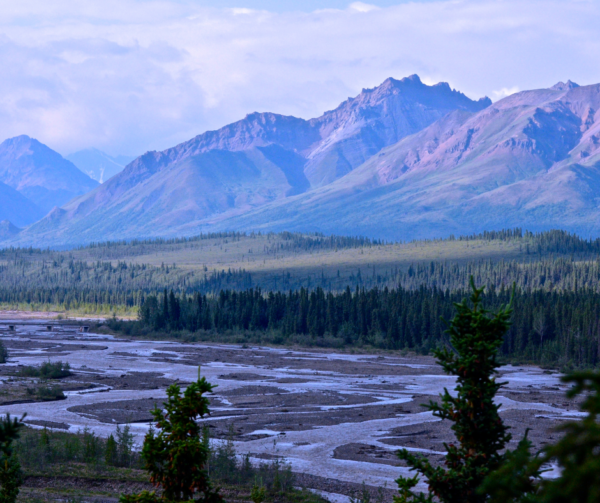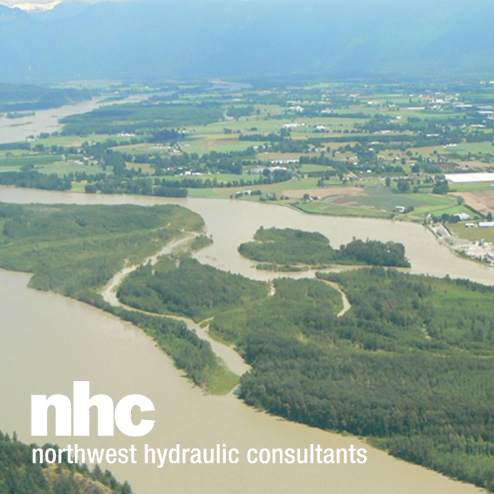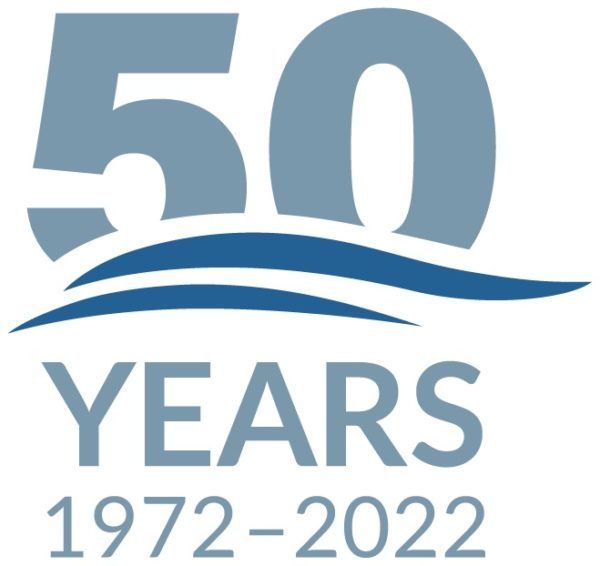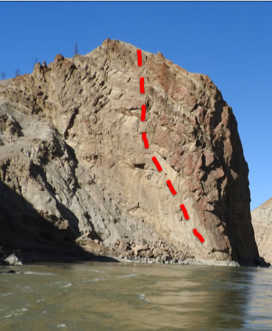Glacier contributions to streamflow moderate summer water temperatures and help keep rivers cool during periods of hot, dry weather.
As glaciers retreat, the length of channel exposed to solar radiation above a given point of interest would increase, which should ultimately result in higher water temperatures. However, formation of proglacial lakes may complicate river temperature response to glacier retreat.
A study that was co-authored by NHC’s Ben Pelto examines river and lake temperature response to the retreat of lake-terminating Bridge Glacier, British Columbia, using a combination of manual spot and continuous river temperatures at a stream gauge, lake surface temperatures derived from Landsat imagery, and in situ lake temperatures made during a field campaign during summer 2013. Temperature data spanned the period from 1984 to 2022. Lake and river temperatures were relatively constant prior to and during a period of rapid retreat, but exhibited an upward trend following 2012, when iceberg density declined due to an apparent decrease in calving rate, resulting in an increase in lake surface area and river temperature of about 5°C even though the glacier remained lake terminating.
In addition to providing the first longitudinal study of water temperature response to the retreat of a lake-terminating glacier, this study adds to a body of literature that demonstrates that routine spot river temperatures, if collected in a consistent manner over a number of years, can provide valid information about river and stream temperature trends.
Click here to access and read the results of this study.

Map showing locations of Bridge Glacier and the Whistler weather station within their regional context. Numbers next to crosses indicate their latitudes and longitudes.



